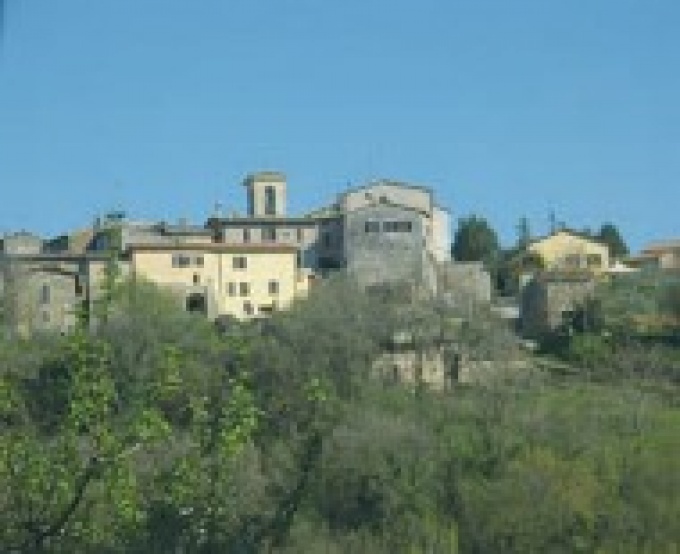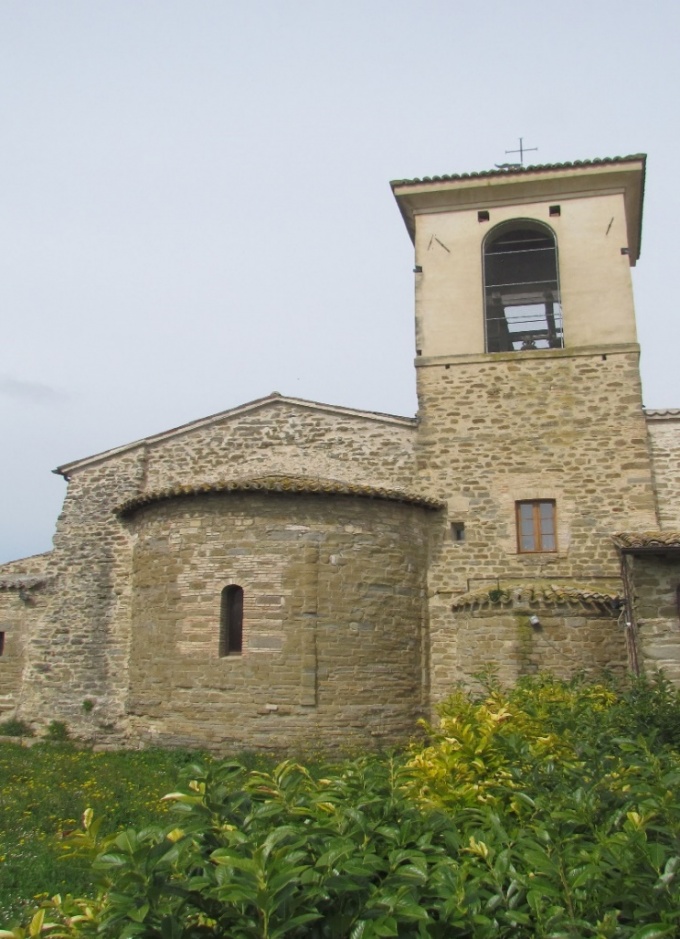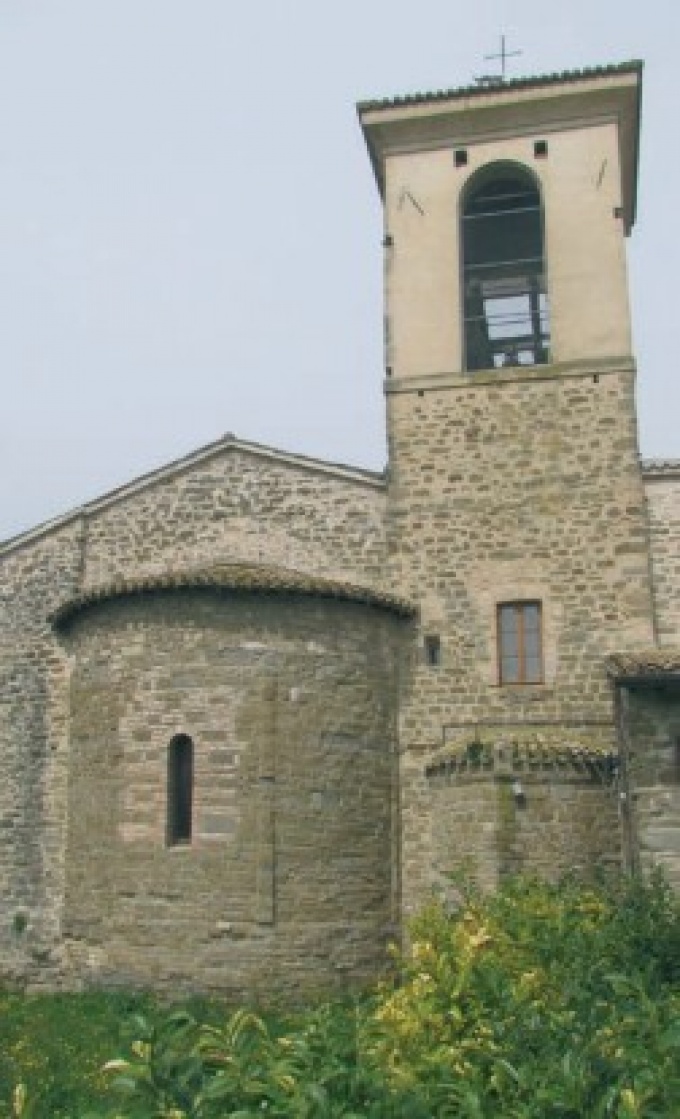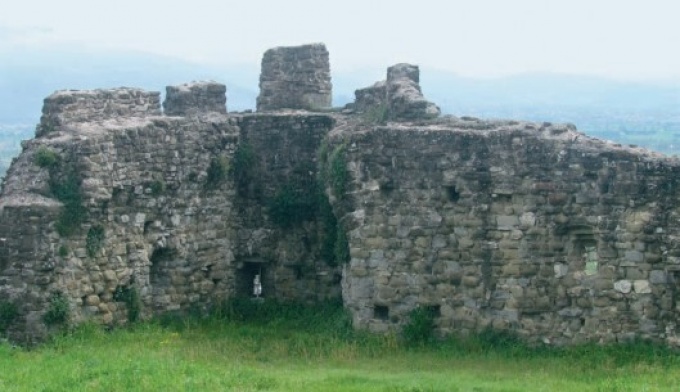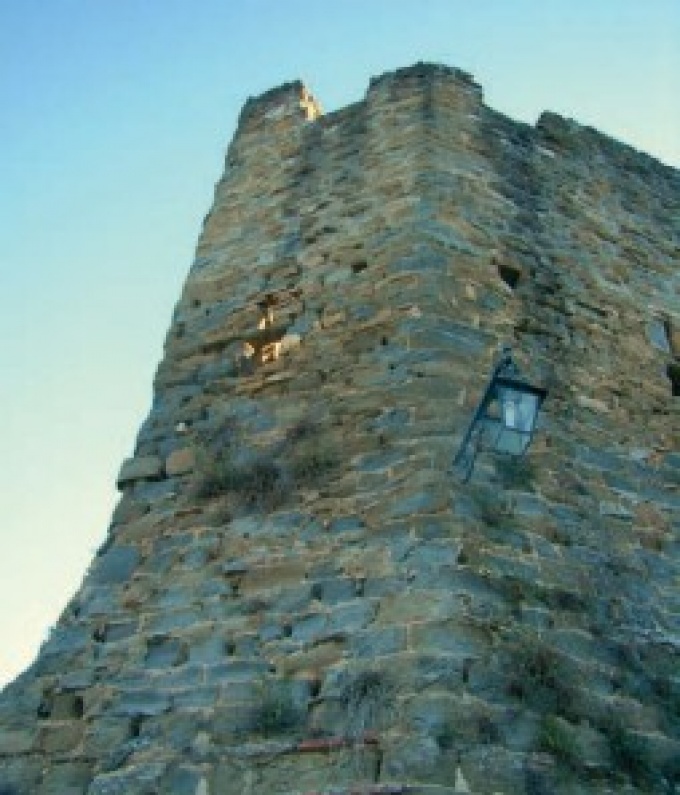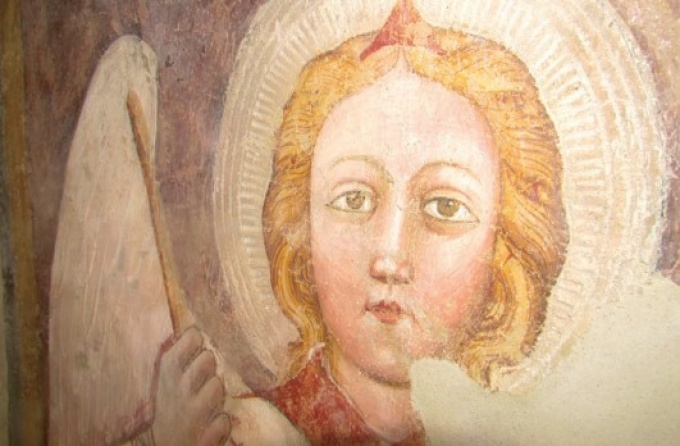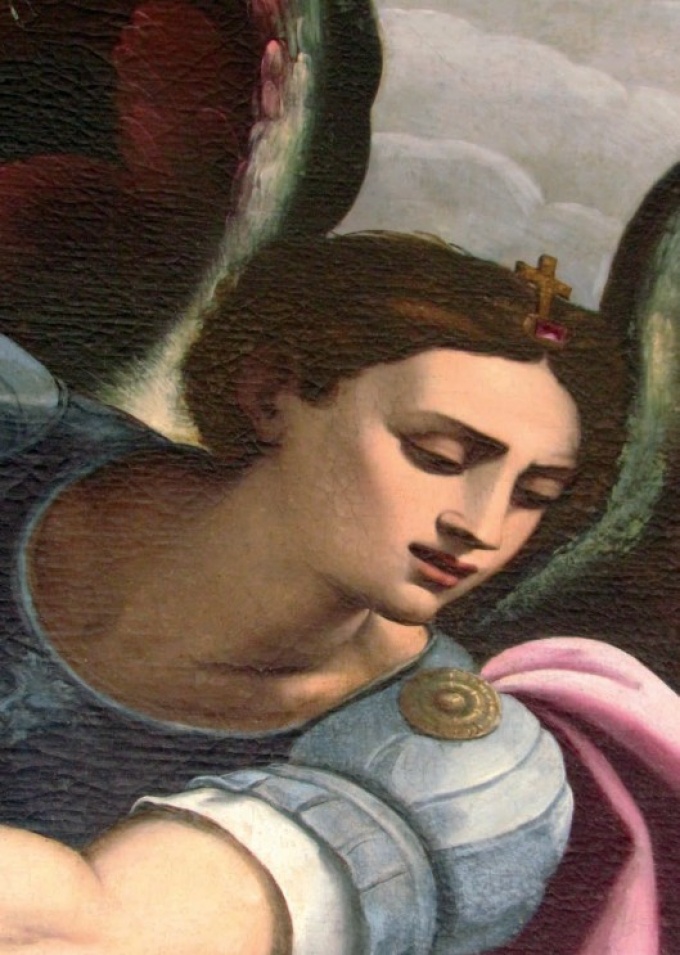Going up the road that leads to Collemancio and turning left into via Costa del Sole, you arrive in Fonte della Tina, under the castle of Limigiano, where the Rapace stream flows, which descends from San Sisto (Castelbuono) towards Cannara.
It is a wild place, where nature is regaining space in the deepest silence, because in the middle of summer you can’t even hear water flowing.
The pond of sulphurous water, no longer pure for various infiltrations, is the subject of stories, not always founded and far in time, still told by the inhabitants of the place. You plunge into a magical and fantastic atmosphere, fantastic and referred to before and after the Roman period: we talk about the finding in the territory between Limigiano and Collemancio of giant Megacero deer horns too, that could have had an up-to-three-meters opening in the middle Pleistocene. The boys used to climb down this ditch, which was a bit of a hangout to swim, drink water and find some mosaic stones, having fun in games then imagined.
A little underground, in fact, the remains of a villa of the Roman period were found. Giulio Baldaccini and then Giovanni Canelli Bizzozzero first talked about because they were conducting the excavations at Urvinum Hortense. During some agricultural works a mosaic was discovered. It was part of a bath building, which had two flights of stone steps: the former led to the upper level and the latter descended towards the stream.
In a stretch of the ditch blocks of stone are visible, which determine a difference in altitude and therefore a waterfall. The place is called Borgo di Maria Chiara, from the name given by the people to the ancient queen who, drinking water, is said to have healed from the scabies.
The queen would have used to repeat: “Li mi sano” (“there I restore”), expression that perhaps gave the name to the castle. According to other hypotheses, the name derives from the Latin limite sano, as the tenth-century castle stood on the healthiest part of the territory, surrounded by the swamps followed by the drainage of the Lacus Umber; or, and this seems the most plausible hypothesis, the castle derives its name from the god Janus. Further upstream is Catenillo, where the boys used to bathe. Returning on Via Perugina towards Bevagna, just ahead, you go up right in via Limigiano. Once you entered the castle, the old monastery appears. The courtyard maintains the original architectural structure, with a central well. The monastery, founded in 1058 and dedicated to Sant’Angelo, was first dependent on Perugia and then on Sassovivo always under the rule of San Benedetto.
Spetia writes that the events of this monastery did not always have a religious character. After episodes of monks (Francesco and Gennaro) in search of gallant adventure, there was a revolt of the inhabitants of Limigiano against the monastery, which, invaded and put to iron and fire, saw the killing of the Abbot Francesco and other monks.
Ruggero Trinci, Prior of San Feliciano in Foligno, was commissioned to carry out the trial, established by the acts that the crimes were real.
The church of San Michele Arcangelo has three naves: the one in the left is divided into chapels having at the bottom a fresco depicting the martyrdom of San Sebastiano and on the vault the Evangelists. Near the door there is a Roman capital with the Holy Water Font, while the high altar stays on a fragment of a Roman column. On the external walls you can see the double lancet windows of the façade and the single lancet windows of the apses.
Annarita Falsacappa, Giovanni Mariotti, Paolo Porzi – BEVAGNA GEMMA DEL PIANO. Immagini insolite e storie inedite – Dimensione Grafica Editrice – 2013 – pp. 221-226


